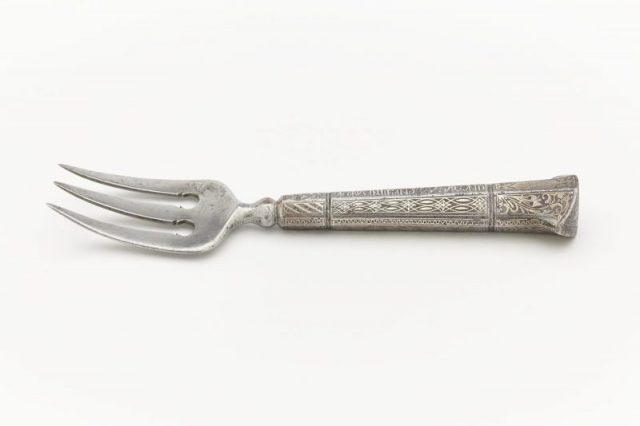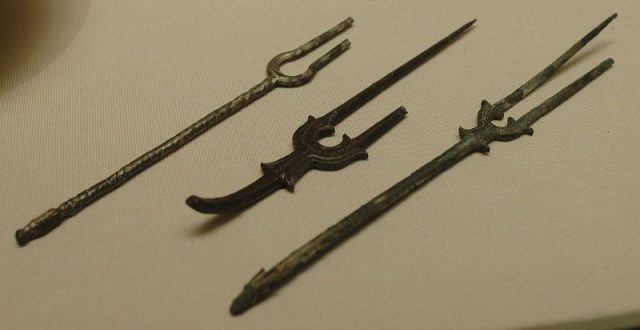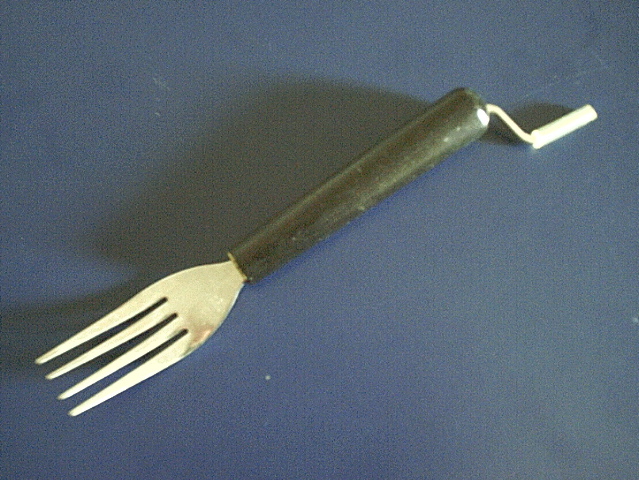Naturally, we tend to take commonplace objects for granted. Yet how many of you actually have thought, “Hey, where do forks come from?” Well, it takes one trip to China and a three-year-old laughing in your face because of your desperate attempt to eat with chopsticks to finally appreciate something as ordinary as a fork.
So, where do forks come from?
The history is a bit obscure. But the earliest-known forks would have been there with the ancient Egyptians or among the Quijia people who thrived in present-day China in between 2400 and 1900 B.C. A couple of thousand years later and a journey that was largely propelled from the Italian peninsula, forks had become popular as an eating implement in the western and northern parts of the European continent. It took until the 1700s for most Europeans to accept forks in their daily lives, and several decades more for this utensil to be introduced in America, too.
The very first examples of culinary forks, archaeological evidence suggests, had only two prongs and were principally used for preparing or serving meals. Made from bronze or silver, such forks would have been present in the times of ancient Rome too, and their usage varied from one province to another. There is evidence of table forks, but of later times, within the territory of the Byzantine Empire (or the Eastern Roman Empire) and they could have originated from ancient Greece.

More records suggest that utensils resembling forks called barjyn circulated across Persia in the later part of the 1st millennium A.D., but only among the people of the upper classes. By the end of the 1st millennium, the popularity of this eating instrument spread all across the Middle East, unlike in Western Europe, where spoons, knives, and fingers were still the favored choice on the dining table.
In Europe, forks first gained momentum on the Italian peninsula, and one of the reasons could have been, yes, pasta. Ahead of other Western Europeans, Italians started using the table fork as early as the 11th century, possibly because of their closeness with the Byzantine Empire, but also as there was an apparently growing demand for pasta in the kitchens.

By this time, trade with pasta was strong in Italy, and at first different noodles were consumed with the help of a one-spiked wooden utensil called a punteruolo. It was soon realized what the wonders two spikes instead of one can do–and three spikes on the eating utensil could have paid the ticket to pasta-eating paradise. Forks and pasta matched well, the kind of love at first sight affair. As Italians were among the first to profoundly explore how practical it was to use forks for eating, they eventually started using them for other meals as well.
Entirely domesticating the use of forks all around the peninsula still took time, as some of the early accounts revealing early evidence of using forks testify. The 11th-century wedding between Theodora Anna Doukaina, a Byzantine princess, and Domenico Selvo, the son of the Doge in Venice, ended as a scandal. Namely, the bride made sure to provide forks for the wedding guests, and unlike any other bride in history, that cost her accusations that she had acted against God.
Wedding guests believed it was perfectly fine to use fingers for dinning. Why did God then give us our perfect fingers on both our hands? Of course, it was to finish the dish with them. “Therefore it is an insult to him to substitute artificial metal forks for them when eating,” one written account of this event goes.
Several years later the Byzantine bride died a tragic death after contracting a disease. Some locals claimed her early loss came as a punishment from God for her attempt to meddle with the traditional way. It still took some time for the dreadful spiked utensil to become well-established in Italian homes, and yet one more international wedding a few centuries later to catalyze fork-usage across dining tables all around.

The second important-to-forks wedding occurred in 1533, when Italian Catherine de Medici married Henri II, the next king of France. She traveled to her wedding with her Italian silver forks collection. Forks would have gained popularity among the royal families at this point, though later in the 16th century, there was at least one French satirist who mocked Henri III, a successor of Henri II, and his associates, for opting to use forks over fingers for eating meat.
But resistance was futile, and all hostilities towards forks went away. The usage of this practical utensil quickly spread to Britain. People from all classes started using it. By the 19th century, forks had become widely accepted in North America, too, as Europeans settlers brought them to the New World.
